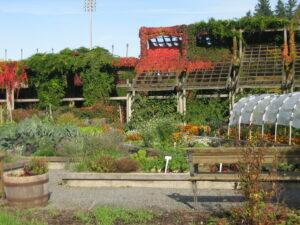
Are you tired of a lackluster yard and looking to spice it up with something new? Transforming your yard into an edible oasis can not only add beauty to your landscape, but also provide you with fresh, healthy food right at your fingertips. Growing your own food can be a rewarding experience, saving you money on groceries and providing you with the peace of mind of knowing exactly what goes into your food.
Growing Your Own Food
Before you start planting, you need to assess your yard and determine the best location for your edible garden. Choose a spot that gets at least six hours of sunlight a day and has well-drained soil. If your soil is poor, consider amending it with compost or other organic matter. You can also create raised beds to improve the quality of your soil.
When it comes to what to plant, the options are endless. Consider the climate in your area and choose plants that will thrive. Some popular options for beginners include tomatoes, peppers, lettuce, spinach, and herbs like basil and parsley. You can also try your hand at growing fruit trees, berry bushes, or even a small grape vine.
One of the keys to a successful edible garden is proper watering. Make sure to water your plants deeply, especially during periods of drought. Consider installing a drip irrigation system to make watering easier and more efficient.
Weeding is another important aspect of maintaining your edible garden. Regular weeding is essential to keep weeds from competing with your plants for water and nutrients. You can also use mulch to suppress weed growth and retain moisture in the soil.
Companion planting is another technique to consider. This involves planting different crops together that have a positive impact on each other. For example, planting marigolds near your tomatoes can help keep pests away. Do some research to determine which plants will work well together in your garden.
Pests and diseases can also pose a threat to your edible garden. To minimize damage, practice preventative measures such as rotating crops each year and removing any diseased plants promptly. You can also use natural pest control methods, such as releasing beneficial insects like ladybugs or installing bird feeders to attract birds that will eat pests.
Finally, don’t forget to have fun and experiment with different plants and techniques. Gardening can be a relaxing hobby and a great way to connect with nature. Plus, you’ll have the satisfaction of harvesting fresh, healthy food right from your own yard.
Transforming your yard into an edible oasis is a wonderful way to beautify your landscape while also providing you with fresh, healthy food. By following these tips and tricks, you can create a thriving, productive garden that will provide you with bountiful harvests for years to come.
Keywords: growing your own food, steps for growing your own food, tips for growing your own food, growing your own food in your food forest
Check out Little Tree Food Forest for articles on food forests and homesteading.
Check out StoryScapes for articles on creative writing.
Related Content
Related Content
Subscribe to our newsletter to get information delivered to your inbox on edible landscaping, growing food and medicinal plants, growing mushrooms, foraging, fermentation, food preservation, raising small livestock, and more.







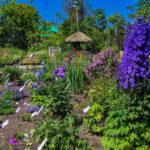
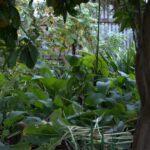
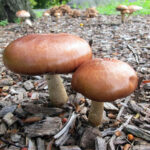
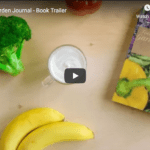
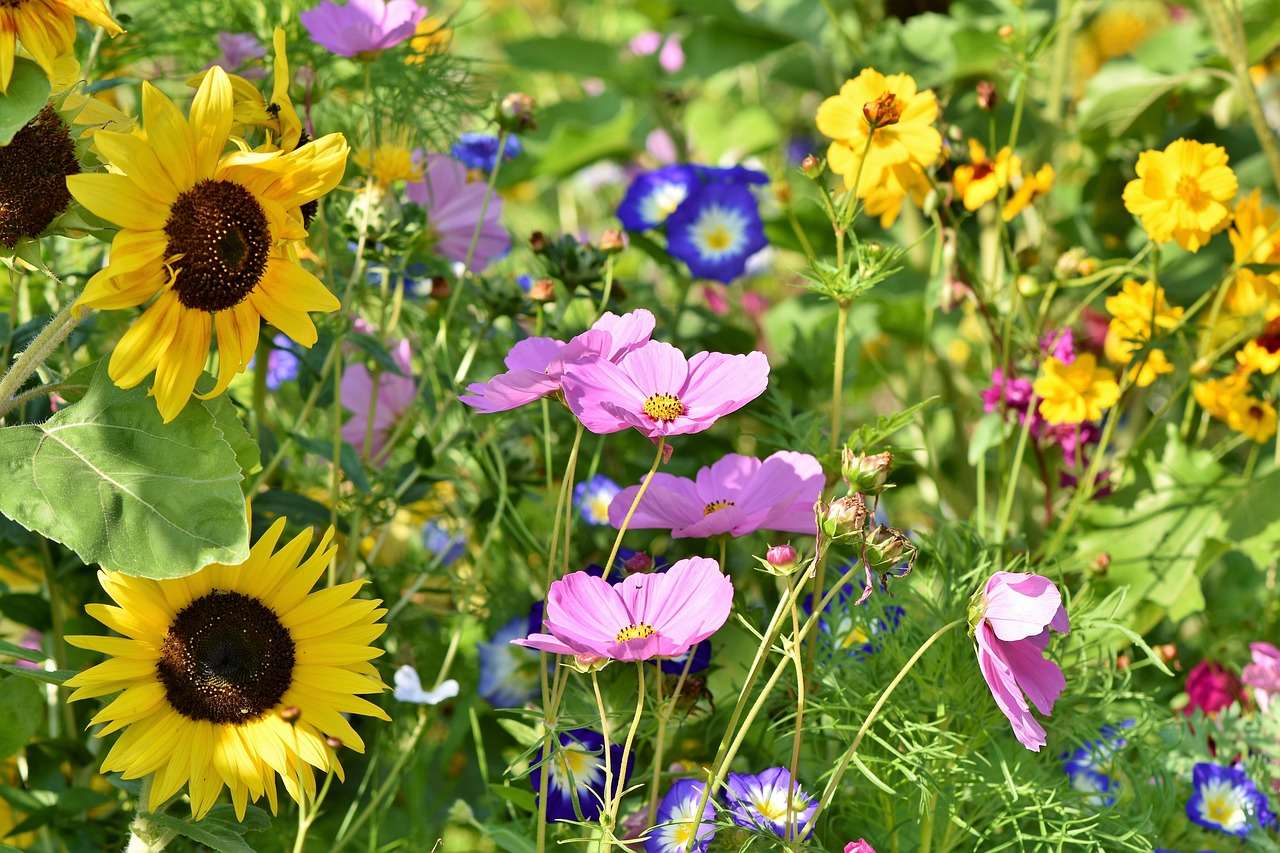
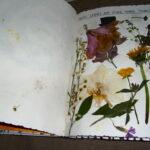
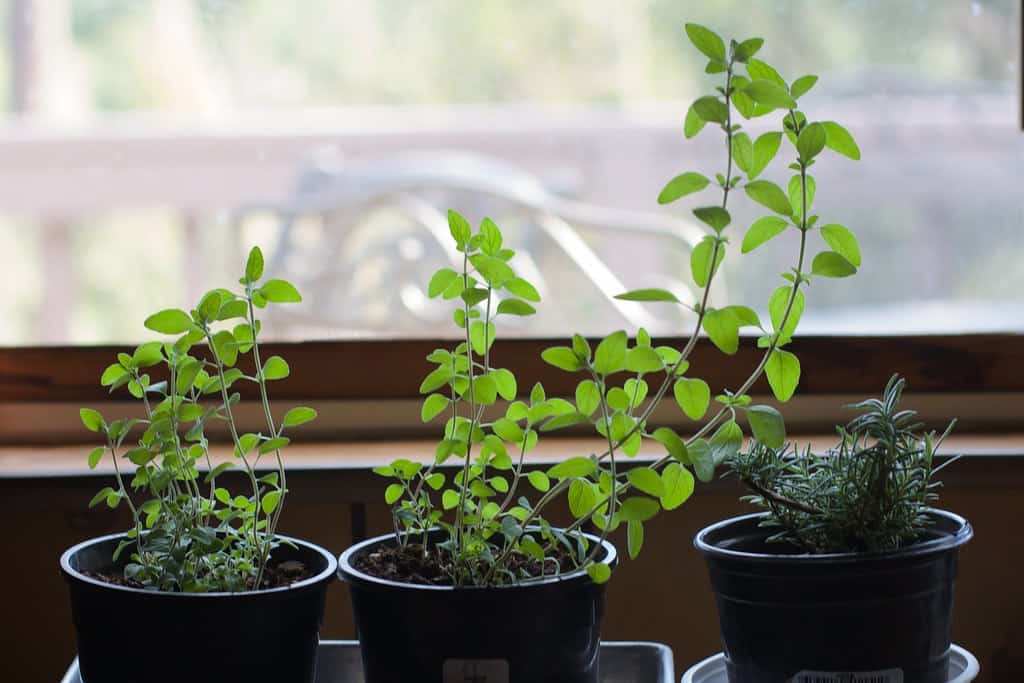
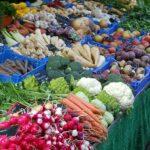
One thought on “A Guide to Growing Your Own Food: Transform Your Yard into a Productive Edible Oasis”
Comments are closed.